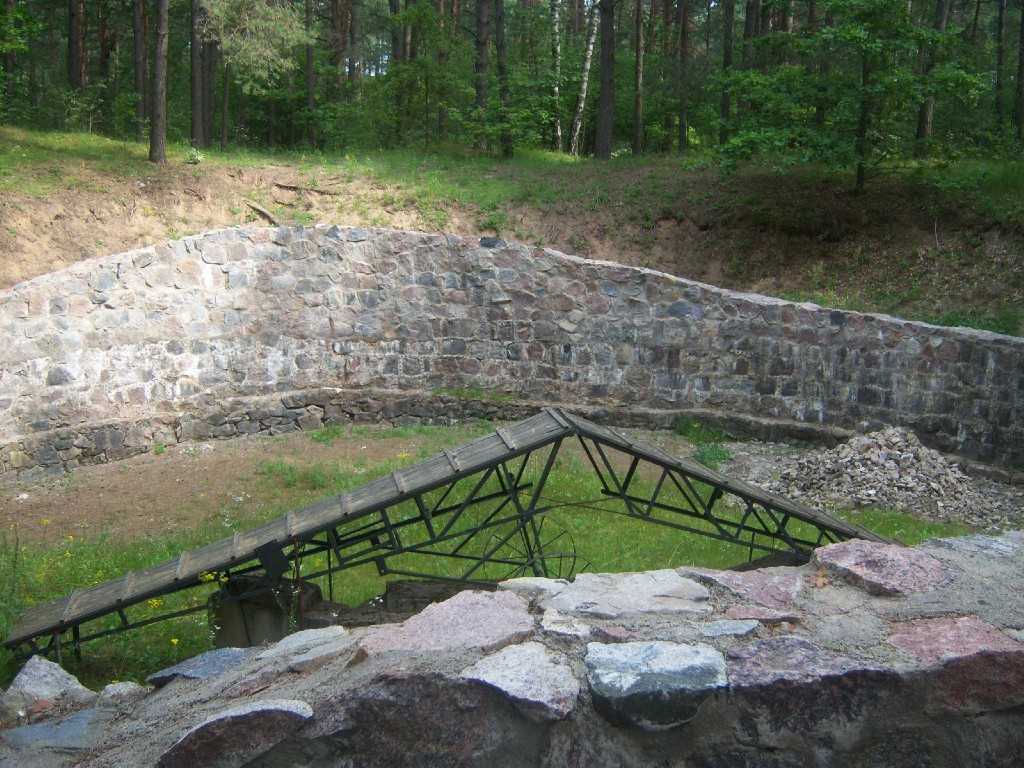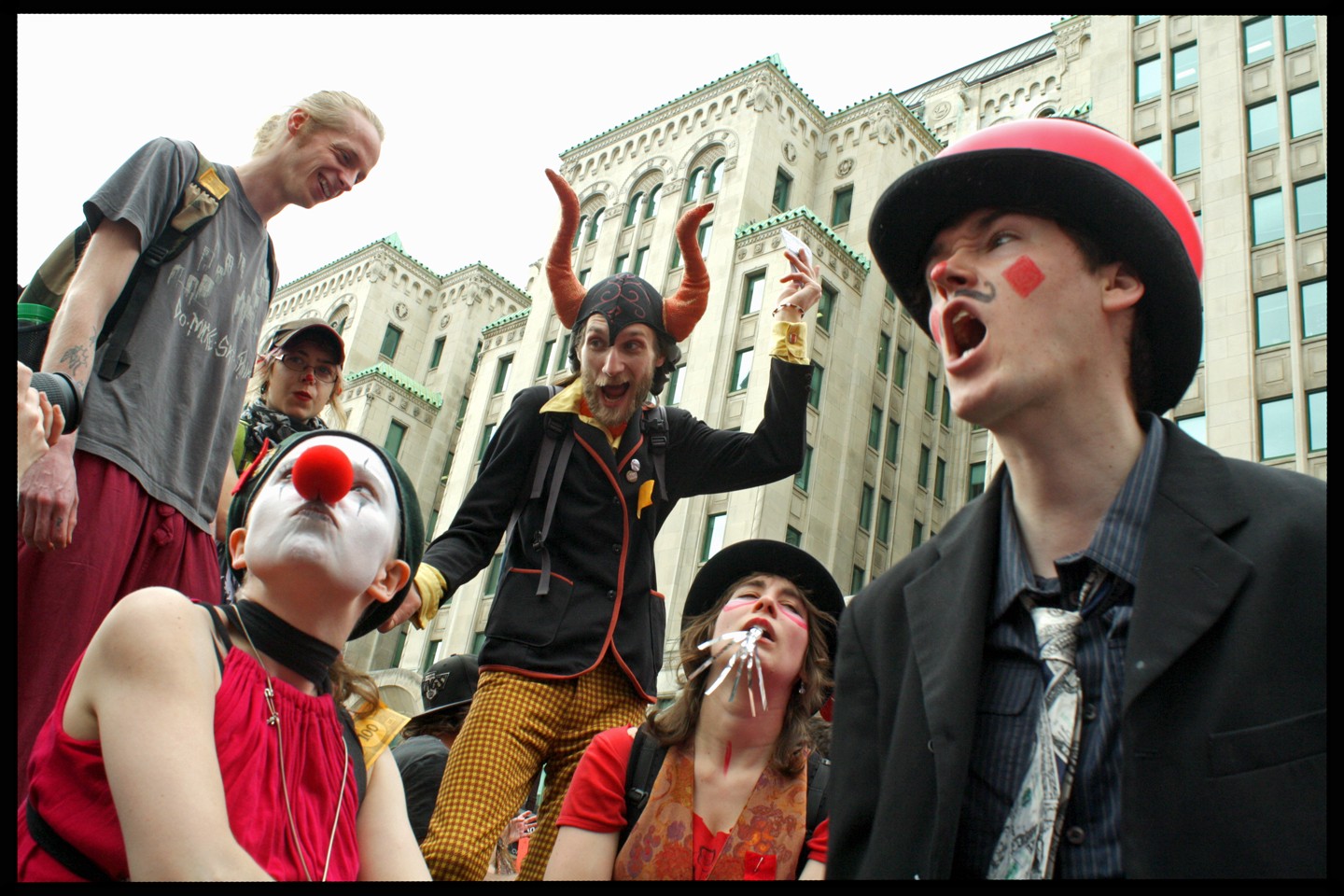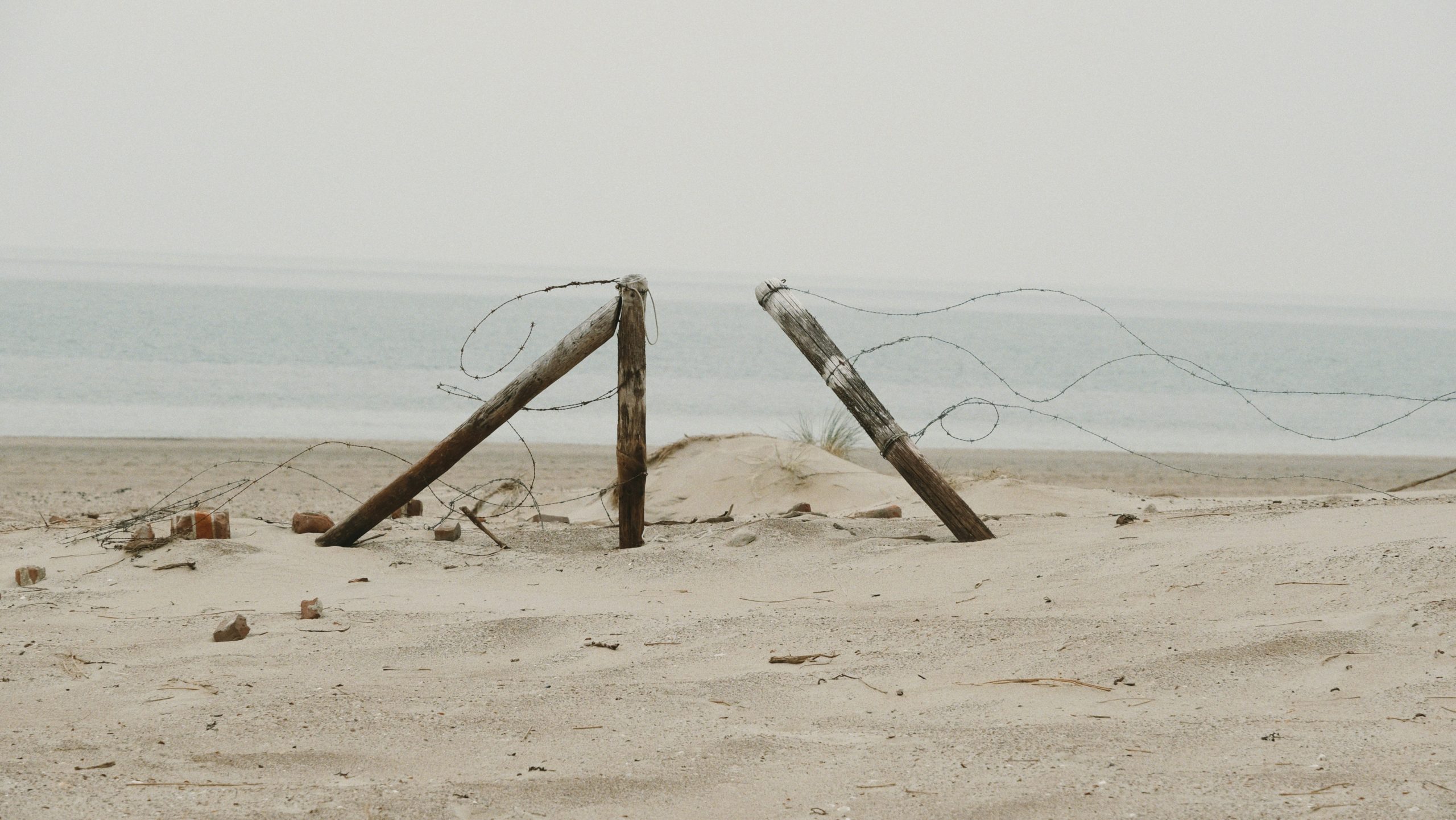Books & Culture
We Keep Going Back to Where They Died
A novelist hunts for complicated narratives at the sites of historical atrocities

Electric Lit is just $4,000 away from our year-end fundraising goal of $35,000! We need to hit this target to get us through the rest of 2025, and balance the budget for 2026. Please give today! DONATE NOW.
I learned to snorkel mid-winter in an indoor pool in the suburbs of Cleveland, Ohio. The air was stifling, thick with the smell of chlorine. There was nothing to see in the pool and no explanation given for the purpose of this middle school gym unit; maybe our teachers dreamed we’d go on island vacations. I don’t remember ever snorkeling again until 2010 when I traveled to a research station on San Salvador Island in the Bahamas where I’d teach a Caribbean literature course and where I’d start writing a novel about the sediment of history’s layers. The water shimmered aqua closer to shore, deepened to a dark blue farther out. In spite of how clear the water seemed, you had to beware rocks and lionfish, and you couldn’t know where the reefs were without sticking your head beneath the meniscus of the ocean. Locals and research station staff would give instructions for different reefs around the island: where to enter the water and in which direction to float.
Locating trailheads to the ruins of the plantations on the island took the same colloquial knowledge. I needed a machete to re-clear trails that had almost disappeared after the rainy season. Some buildings I could find, somewhat intact or piles of rubble as they may be. Depending on the time of year and the amount of rain preceding my visits, different sections of the plantations were inaccessible. While I wanted my students to see the places we were reading about, the island’s lack of historical preservation became just as pertinent a topic of conversation.
While I wanted my students to see the places we were reading about, the island’s lack of historical preservation became just as pertinent a topic of conversation.
My professional training is in nineteenth-century U.S. literature, the literature of slavery and abolition a particular focus. I had never bothered to visit a restored or preserved plantation in the U.S., knowing how rare it was for such a place to be focused on preserving or illuminating the history of slavery. In the Bahamas, I wondered: wouldn’t this be the place for the descendants of the enslaved to take control of memory through preservation? Of the narrative presented to both outsiders and their own descendants?

In the span of years I’ve been going to the Bahamas, I also went to Eastern Europe for the first and second times. Three of my grandparents were immigrants — one before the war, two after. No one had ever gone back nor wanted to. But there I was in Vilnius, Lithuania — Vilna, the “Jerusalem of the North” before the war — for a literary seminar. On the plane over, I looked up the Lithuanian word for Jew so I’d know if someone called me that; I had no idea what to expect. I knew I’d be immediately identified as American, but it was disconcerting having no idea how others would be interpreting who I was.

The apartment I stayed in was inside the area that had been the wartime ghetto. There were some war-related plaques around town in multiple languages, most rather vague and hard to find. I wouldn’t have known the boundaries of the ghetto if I hadn’t learned them on a walking tour. Each day I crossed the street where the guarded entrance had stood. Each step I took — each meal I enjoyed in an outdoor café, sipping wine — felt weighed down with the layers of history I was moving through. Almost as though my clothes held a leftover dampness.
In the Bahamas, I wondered: wouldn’t this be the place for the descendants of the enslaved to take control of memory through preservation? Of the narrative presented to both outsiders and their own descendants?
Months after my trip a friend would return from teaching a course that traveled to sites of Civil War memory and recount walking into slave quarters for the first time in his life and worrying he’d break down in front of his students. I nodded, described “having the creeps” my entire time in Eastern Europe. Not new knowledge from the trips, but being in the places our ancestors, close and distant, survived or didn’t… There are probably no spots on earth that don’t feel this way to someone, if those someones are still around.
I didn’t have students with me at Panerai, a site in the forest outside Vilna where oil pits became mass graves. The group wandered silently among the pits and monuments. There were butterflies and a strong scent of pine, yahrzeit candles, a small museum space with graphic photographs. I found myself in a cluster of four, all of us grandchildren of people who’d survived the war in one or another unfathomable way: liberated from camps or in hiding. One of us murmured that she had a weird feeling that she didn’t want the non-Jewish people in our group to be there right then. Another mentioned that he’d spoken to some Lithuanians who grew up a mile away and had never been here. One floated the thought that maybe this place should just be bombed out of existence. I rambled a bit about the crumbling plantation walls I’d seen, the choice of nature’s entropy over historical preservation. We were subdued, didn’t debate. The four of us had all grown up in the U.S. or Canada. What if we lived here?

On the bus back to the city, the rest of the group sat in silence as though scraped down to exhaustion by what we’d seen. But the four of us laughed too loudly at something trivial. Maybe we’d become some dark version of punchy or maybe that day was a microcosm of how days just are: the reality of what we knew of this past wedged in alongside a funny story told by a friend.
Later that same day I got on another bus to Warsaw, the first time I’d ever gone to Poland. For weeks ahead of the 24-hour trip, I’d agonized about whether I should be taking a bus farther south to Auschwitz, where my grandfather had been during the war.
“Why do you need to go there?” my grandma had asked, annoyed. “So you can look at barbed wire?”
One of us murmured that she had a weird feeling that she didn’t want the non-Jewish people in our group to be there right then.
While we had this conversation on Skype, I heard my mother in the background on the phone with a friend of my grandma’s — also a survivor — and I could tell from her responses that he was bewildered, even upset, that I wasn’t going.
On this trip I was continuing to work on the novel that was partly fueled by my own bewilderment about the overgrown plantation ruins on San Salvador and the not-quite curious responses from San Salvadorans — the sense of why would you be interested in those stones?
Confederate Statues are History — So is Taking Them Down
I didn’t go to Auschwitz. Still, my grandma didn’t object to the preservation of camps as historical sites. To her, though, the sites were for those who didn’t know anything about the history — or worse, who didn’t believe — so someone like me visiting was beside the point. Was that the best use of the ruins on San Salvador: waiting for outsiders? Teaching what Derek Walcott describes in the “Ruins of a Great House” as the “leprosy of empire”?
Or: would anyone tell me if they didn’t want me walking there? To keep my blade’s edge away? Walcott: “The rot remains with us.” (My emphasis.)

In Beloved, Sethe’s notion of rememory suggests the traumatized could literally bump into their memories: “If a house burns down, it’s gone, but the place — the picture of it — stays, and not just in my rememory, but out there, in the world. What I remember is a picture floating around out there outside my head. I mean, even if I don’t think it, even if I die, the picture of what I did, or knew, or saw is still out there. Right in the place where it happened.” The past distorts the physical world into a minefield for those who wander back “out there.”
The trails to the inland plantations grow over while life goes on around the island’s perimeter, only cleared by visiting researchers who mark their tracks with fluorescent flagging tape so they can be found again and again.
As we stood at Panerai, living far, far away seemed a gift our grandparents had had the foresight to offer us. But they hadn’t deliberated; they’d fled.
As we stood at Panerai, living far, far away seemed a gift our grandparents had had the foresight to offer us. But they hadn’t deliberated; they’d fled.
“We were still trying to save our lives,” my grandma had told me about the few months she spent in Poland after the war ended. She had met my grandfather in the road, each trying to get home — him from Auschwitz, her from Wittenberg, a camp in Germany.
“How did you get home?” I’d asked.
“I walked.”
And everywhere she went she saw people walking in all different directions, speaking different languages.
Neither ever went home. Her town didn’t exist anymore; in Kielce, where my grandfather had grown up, a pogrom in 1946. The two of them went to Lodz to stay in a family friend’s spare room, but they were afraid even to speak on the streetcar since their accents would identify them as Jewish — a concept baffling to me. (When I studied Yiddish in college, my grandma told me I spoke it with a Clevelander’s accent.)
They traveled to a U.N.-run Displaced Persons camp near Munich. My mother was born there, the only doctor available a Nazi. Sick and cold and hungry, they arrived at Ellis Island in January 1947. They each traveled with a “Certificate of Identity in Lieu of Passport” issued by the U.S. consulate. On my grandma’s, the “Distinguishing Marks or Features,” was a scar. On my grandfather’s, the number on his arm. On my infant mother’s: the blank made more blank with “xxx.” Thirty years later I was born in Cleveland, white.
They each traveled with a “Certificate of Identity in Lieu of Passport” issued by the U.S. consulate. On my grandma’s, the “Distinguishing Marks or Features,” was a scar. On my grandfather’s, the number on his arm.
In the Bahamas, official emancipation came in 1834, but national independence has been in place only a few years longer than I’ve been alive. So many, many miles already traveled before that 140-year wait.
Sometimes you can’t stay; sometimes you can’t leave. No matter how many times I try to write through my glimmer of an idea about (im)migration and privilege, moving or staying put in places of peril, of genocide, I can’t find my way to a statement.
No version remotely resembles the ways these words — staying, leaving — mean in my life. The year I was snorkeling in gym class, I was the same age my grandma was when, as she put it, “the war was at my doorstep.” The monuments, memorials, and museums I saw: crafted thousands of miles from their referents.
My grandma, shaken for weeks after a trip to the then-newly-opened Holocaust Museum in D.C.: “I felt like I was on the inside, looking out.”

Skyping with my grandma from the hotel the night I arrived in Poland, I held my laptop up to the open, screen-less window. “It’s like a real city,” I said, and she shrugged. In the morning I walked into the hotel breakfast buffet and looked around at counters covered in all of my grandma’s favorite foods — the sweet smell of dark-brown breads and fruit spreads, interrupted by whiffs of herring and lox — and felt terrible. A canister marked LARD somehow made me feel better: something that made her not belong here.
After breakfast I picked up a bright yellow pamphlet advertising daylong bus trips. One went to a camp, promising tourists would see the shocking crematoriums. I can’t remember if it was going to Auschwitz or another camp. I can’t remember if it said crematorium or gas chamber. I’d put it back in its plastic holder on the lobby counter.
One tour went to a camp, promising tourists would see “the shocking crematoriums.” I’d put it back in its plastic holder on the lobby counter.
I made my way to a new Jewish museum on the Warsaw ghetto site that wasn’t technically open yet, peeked into windows on the exhibits under construction, and lingered in the gift shop, listening to Yiddish music. (In two trips to Vilna, I’d found one single person to speak Yiddish with.) The rest of the day I just wandered around Warsaw, a city neither of my grandparents had ever even visited, ducking in and out of cafes in rhythm with intermittent thunderstorms.

During one particularly long storm, I found a cafe with a charming rounded wall of windows. I sat there as the sky blackened and the windows rattled, looking through a book I’d bought at the museum: a collection of photographs from the Lodz ghetto, the first place my grandma had been imprisoned during the war and a local bus ride away from Warsaw. A bus ride I’d shied away from — I think — because I had no idea where to go once I got there.
Late in the evening I returned to the hotel to retrieve my overstuffed backpack for the overnight bus back to Vilna. When the bellhop strode from the lobby with my claim ticket, I hovered anxiously at the desk, unsure if I was supposed to wait or follow him.
The woman behind the desk told me: “Everything will be all right, madame.”
I tried to pronounce dziękuję — thank you — the way my grandma had told me the night before: the first and only Polish word she would ever teach me. I’d written it phonetically as chikoon-yay on a scrap of paper.
Upon my return from Poland, I had almost nothing to write on my travel blog. Whatever I was looking for, it wasn’t there: a point so obvious I felt embarrassed to type it.

My first time snorkeling at San Salvador’s barrier reef, I had a horrendous summer cold that turned my head to a lump of heavy clay. The July equatorial sun spangled the water and blinded me. And quashed my thought of getting a different view of hilltop plantation ruins from the middle of the ocean. (It would be almost seven years until my book about the ruins was published, two more years until my first trip to Eastern Europe, and four until Poland. Five and a half years later my grandma would die.) Disoriented, I spun in a doggy-paddle.
The July equatorial sun spangled the water and blinded me. And quashed my thought of getting a different view of hilltop plantation ruins from the middle of the ocean.
I put my head back in the water where it was cooler and hazy: an underworld you couldn’t see from above. I could hear nothing but my own breathing through the snorkel. Occasionally the water would cloud, and the coral would seem grey and dead-looking. But then: a flash of color as a spray of fish darted into hiding holes or burst forth under and around me. I dutifully cleared my mask when it fogged.
Another member of the group dove down to the sea floor and drummed her hands. The sand rustled up as a stingray longer than any of us slowly loosened itself from where it’d been submerged. How had she detected it, so well hidden? We hung in the water — admiring of its size and leery of its venom, both — watching it twist and float away.










